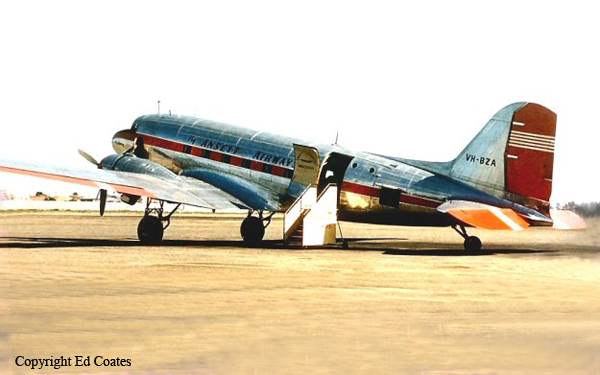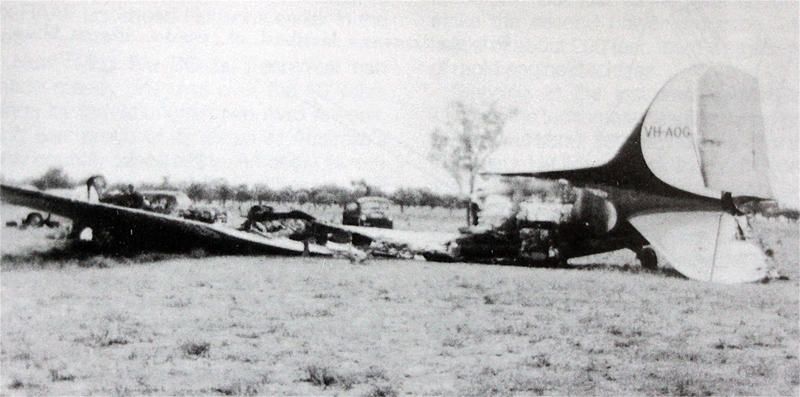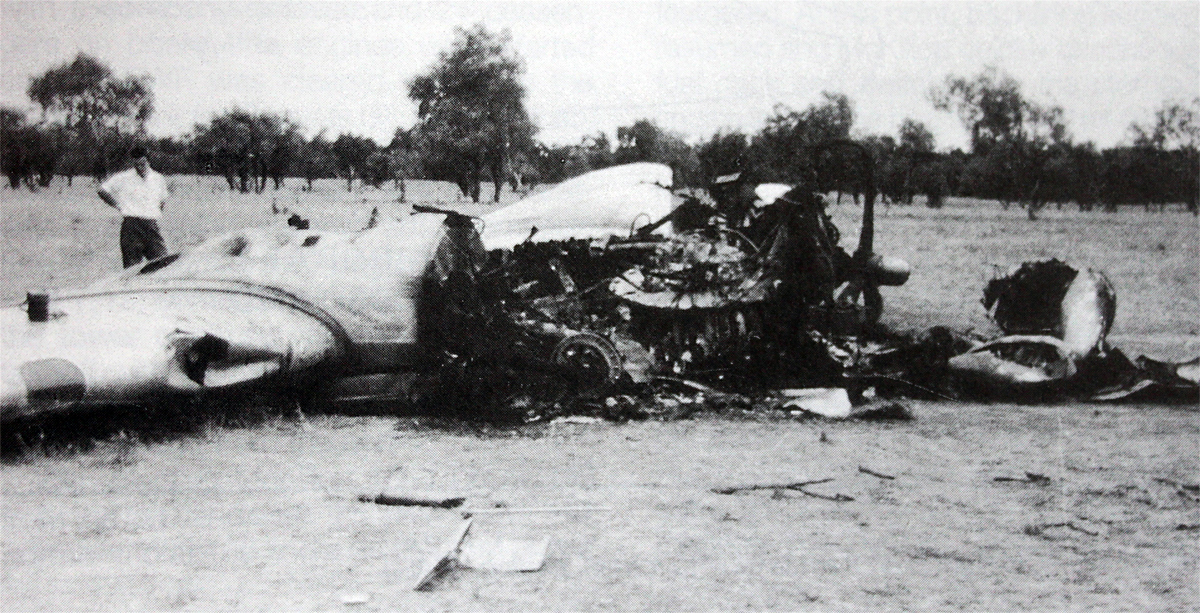Crash of a Douglas C-47 on Mt Dirfi: 17 killed
Date & Time:
Feb 12, 1956
Survivors:
No
Crew on board:
4
Crew fatalities:
Pax on board:
13
Pax fatalities:
Other fatalities:
Total fatalities:
17
Circumstances:
The crew left Elefsis AFB in Athens with military personnel, taking part to an evacuation mission following heavy snow falls. While cruising over the Skopelos Island, the crew reported unexpected problems and elected to return to his base. Few minutes later, the airplane hit the slope of Mt Dirfi (1,743 meters high) located in the center of the Evia Island. All 17 occupants have been killed.


















